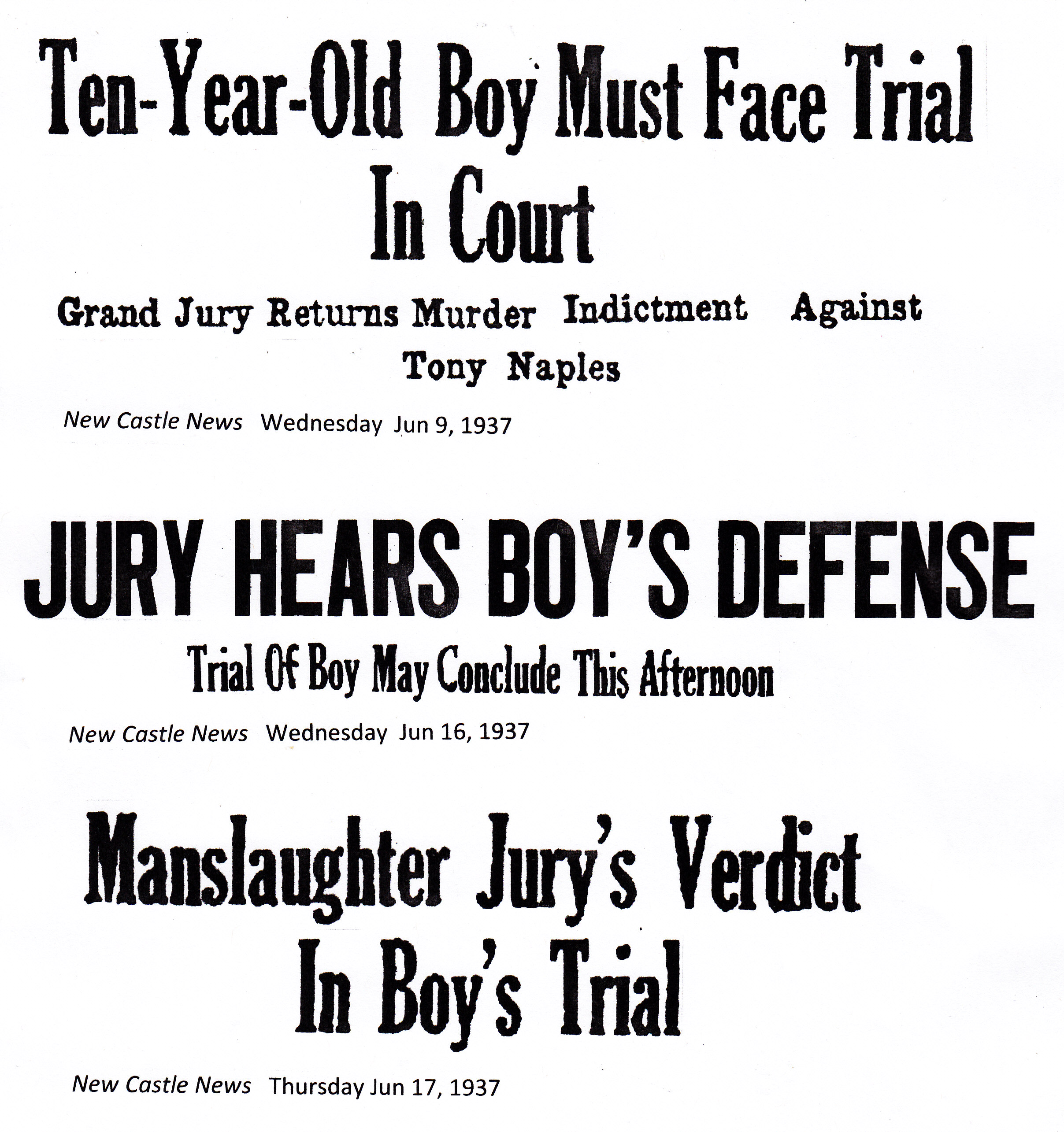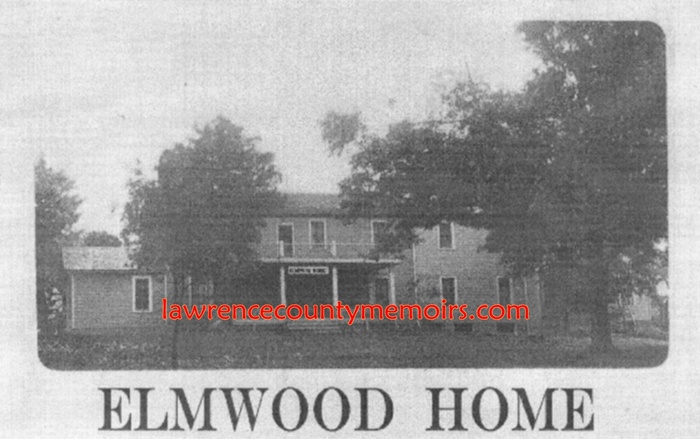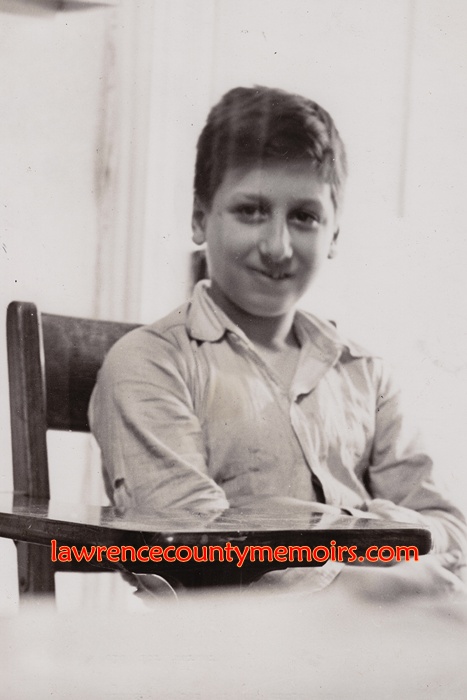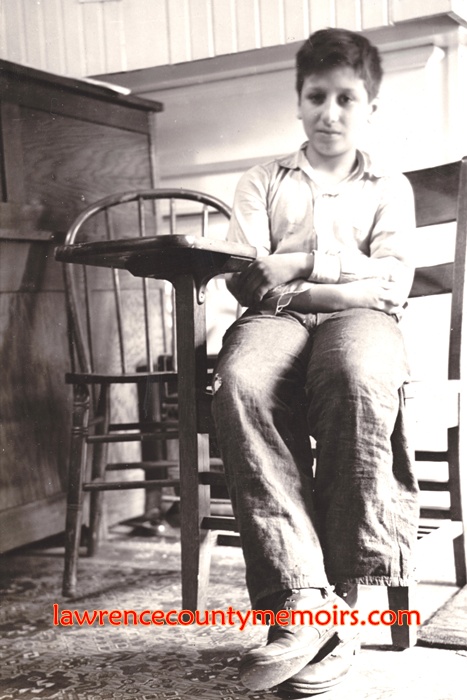At noon on Tuesday, May 12, 1937, the students of the Pollock Avenue School on the South Side of New Castle, Pennsylvania, were let out to go home for lunch. Two third grade students, 10-year-old Anthony T. Naples (or Napolitano) and 12-year-old Robert Harris made their way to a nearby field to apparently play “Cowboys and Indians.” Harris, an African-American boy, had a cap gun while the younger Naples, a Caucasian lad of Italian descent, sported a .32 caliber revolver he had taken from his father’s dresser. Within a few minutes a shot rang out as Naples, whether by pure accident or not, shot his companion in the left cheek. Harris immediately fell to the ground as Naples fled to his nearby home. Several students and nearby residents witnessed the shooting and one man unsuccessfully attempted to catch Naples as he fled.
The police were summoned by school officials and quickly arrived on scene. Two police officers rushed the fallen Harris to the New Castle Hospital, where he soon passed away. His chance of survival was minimal as the bullet had entered his left cheek and lodged in his brain. Harris, also known as Robert McDowell, was the son of local residents William Harris and Lavinia McDowell.
Detectives soon arrived at the Naples residence at 715 1/2 Mabel Street and found the young suspect hidden under a bed. He was taken for questioning and soon offered up two separate stories. One was that he did not know the gun was loaded and shot Harris by accident while playing around. The other story was that Harris had beaten him up recently and Naples shot him on purpose to enact revenge. The gun was confirmed to have belonged to his father. His parents, Antonio and Angeline (Rotunno) Napolitano, were both Italian immigrants. His father was a longtime iron worker and later worked for the Pennsylvania Railroad at Lawrence Junction.
Naples appeared in court for a preliminary hearing on Wednesday, May 19, 1937, and it was decided he would go on trial for first degree murder. The death penalty was not called for by District Attorney Mont L. Ailey and a life imprisonment would be the maximum sentence. After a psychiatric examination Naples was determined to be fit to stand trial. On Monday, June 14, 1937, on his eleventh birthday, Naples went on trial at the Lawrence County Court House. Naples remained calm and abnormally poised during the proceedings. The lawyers and witnesses argued and testified as to whether Harris’ death was an accident or some sort of revenge shooting. The jury deliberated beginning on late Wednesday afternoon and returned a verdict after four hours. Naples was found to be guilty, but on the lesser charge of manslaughter. The verdict carried a sentence of six to twelve years of imprisonment.
The New Castle News of Thursday, June 17, 1937, reported, “As he stood up to hear his fate, the youngster still retained the composure that has marked him since his arrest. He had sat through two days of trial without any show of nervousness or emotion. During the reading of the verdict he showed no trace of emotion. But as he sat down the full import of the verdict seemed to dawn on him and he broke out into sobs. Not even his mother could quiet him and they sat in the court room for at least fifteen minutes after the verdict had been received before Anthony was taken back to the juvenile detention home.” While the court pondered his future he was placed under the supervision of former county detective Jack M. Dunlap, the county parole and juvenile court officer.
The Thursday, November 4, 1937, edition of the New Castle News reported, “Anthony Naples, 12 years old, who was convicted in connection with the death of Robert McDowell, colored, 12 years old, was brought before Judges James A Chambers and W. Walter Braham for sentence in Lawrence county court this morning. After some consultation between the judges, Judge Chambers suspended sentence, and committed Naples to the Elmwood Home in Erie county for further observation.”
Naples was soon transported to the Elmwood Home near Erie. The home had been established back in 1909 to cater to the rehabilitation of wayward boys. An appeal was filed on Naples’ behalf to have his case reviewed, but it was unsuccessful. An attempt to have Naples paroled in June 1938 was made so he could rejoin his parents, but it was denied by Judge Braham. A good portion of the Elmwood Home, a small complex of buildings on a 79-acre tract, burned down in August 1938 and was never rebuilt.
The New Castle News of Wednesday, August 10, 1938, reported, “Attorney P. Vincent Gifford, president of the home, estimated damage at $30,000. Practically all the furniture and the boys’ clothing was destroyed. There is a New Castle boy in the home, Anthony Naples.” At some point, he ended up in the Huntingdon Industrial Reformatory in Huntingdon County, Pennsylvania, a facility for male offenders aged 15-25. Naples was apparently granted parole and soon returned home to New Castle to live with his parents because he is listed in their household during the 1940 Census. At the time of the Census, taken in the month of April, he was only fourteen years old.
The next report of his whereabouts, when he was twenty-three, is reported in the New Castle News of Saturday, February 12, 1949, “Anthony Naples, youth of Maple (Mabel) street, was arrested by Lieutenant Suber and policeman Criswell at 9:15 p.m. Friday for having allegedly “peeped” through a window in a Williams street home. He was caught In East Washington street. Returned to Williams street by the officers, several women identified him as the “peeper.” Chief of police Robert D. Hanna stated Naples would be given into custody of a probation officer because he is on parole from Huntington reformatory.”
In December 1955 he was arrested and arraigned for being involved in the theft of a valuable accordion. Prior to going to court he disappeared and went into hiding. He was finally picked up by police in August 1956 at his parents’ home on Mabel Street. He was given a hearing and sentenced to three to six months of confinement in the Allegheny County workhouse. He subsequently returned to New Castle where he fathered at least one child, a son named Joseph Naples.
Naples later developed some sort of illness and was checked into the Southside Hospital in Youngstown, Ohio, where he passed away at the age of forty on Monday, January 17, 1966. His father had died back in April 1964, and his mother, who survived him, died later in August 1966. Anthony Naples, whose semi-sensational trial pre-dates the modern case of Jordan Brown by over seven decades, was laid to rest in Graceland Cemetery.
A young Robert Harris was buried on the Friday after the shooting. To read his obituary click on: HARRIS OBITUARY. Anthony Naples served his time and returned to New Castle. He later died at the age of forty in 1966. To read his obituary click on: NAPLES OBITUARY.
 |
 The Ellwood Home in Erie County, a school and working farm, was opened for the rehabilitation of wayward boys in 1909. After Naples was sentenced to six to twelve years’ imprisonment in June 1937 this became his new home. He was probably here on August 10, 1938, when a large fire destroyed much of the facility. Three boys were injured and many fled the grounds and had to be rounded up by local authorities. I’m not sure where Naples served the remainder of his sentence, but he was eventually released when he reached adulthood. (c1930) Full Size |






Comments
Jeanne prossen #
Interesting. Do you know of this story. I am sure daddy must have known these people
Janet Quimby #
I wonder how I never heard of this before.
PAMELA NAPLES #
I BELIEVE THIS WAS MY FATHER, ANY HELP WOULD BE AWESOME.
Avis Wingert #
To Pamela Naples: I may have some information that would be of interest to you. Please contact me via email.
Sheri #
Jeff,
I looking for Napolitano’s and was reading about Anthony. He was listed with his parents on the 1940 census. So was he sent home in 1938? And then to another reform school?
Sheri
Comment